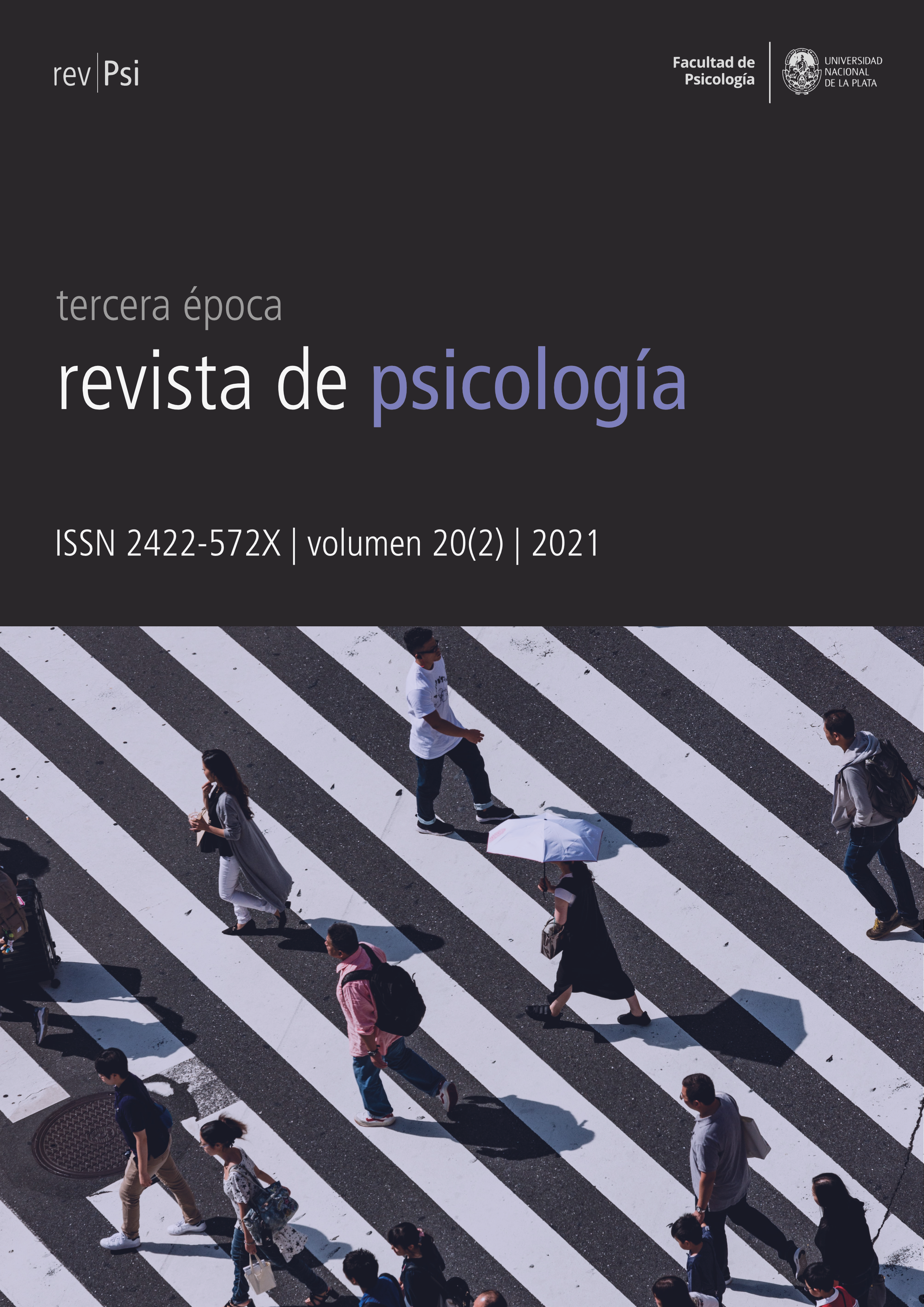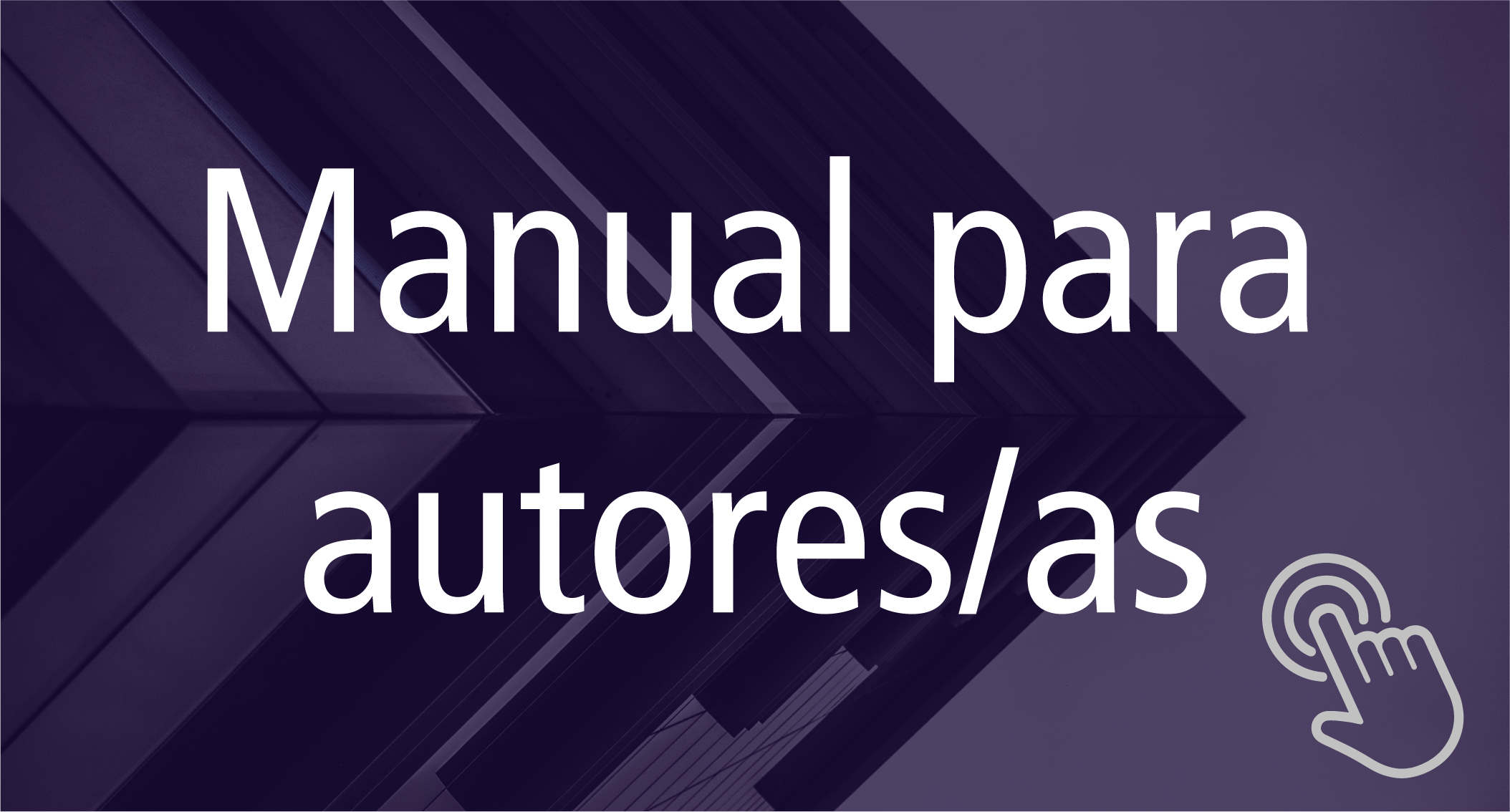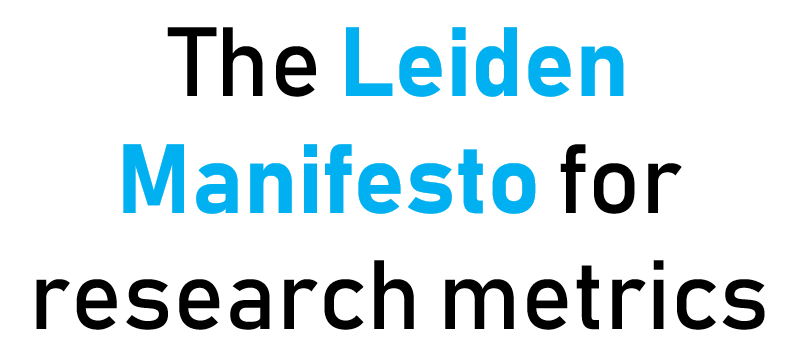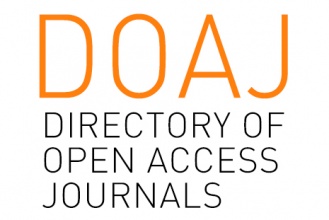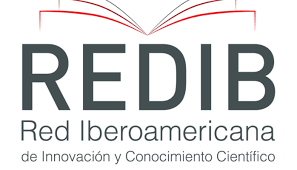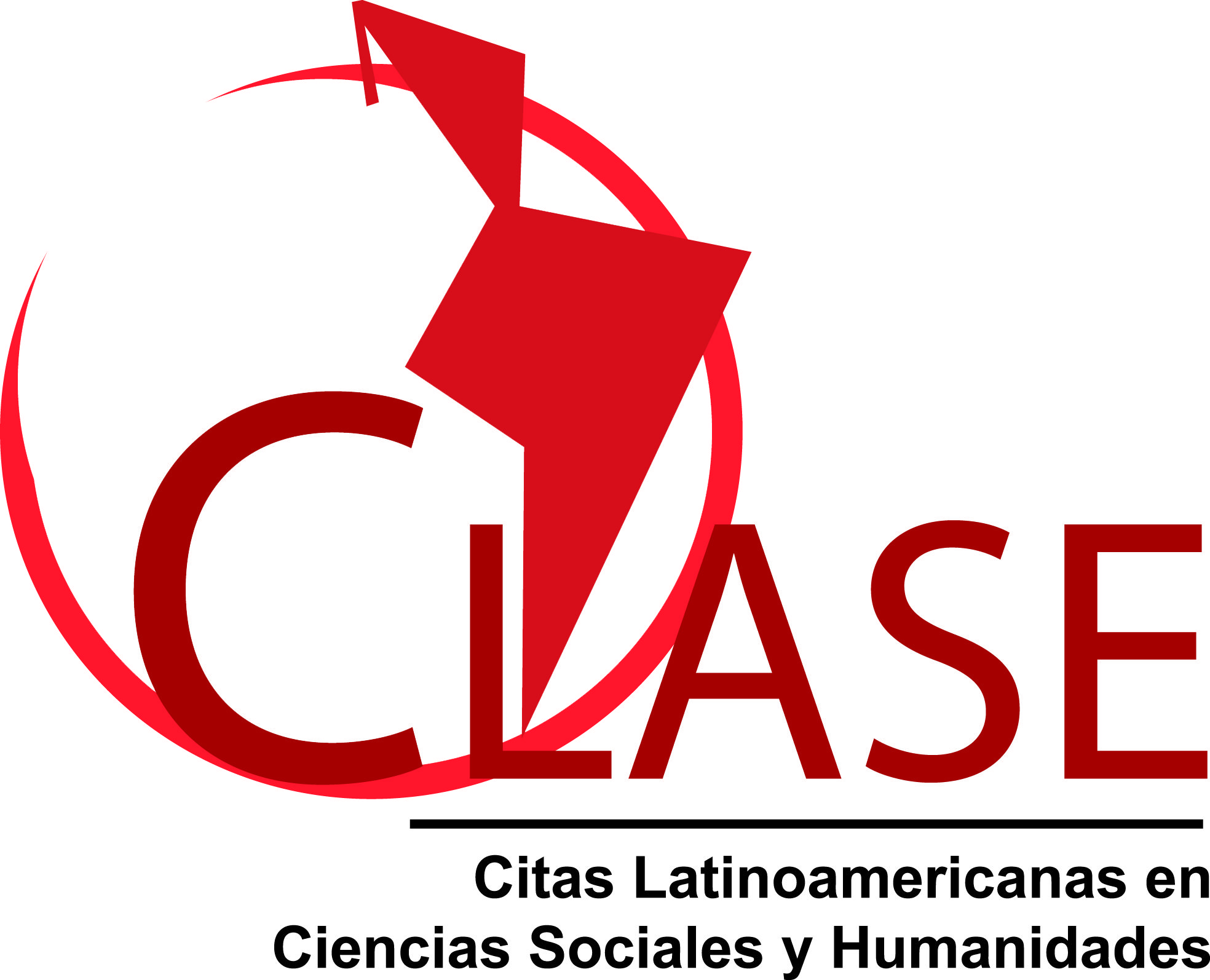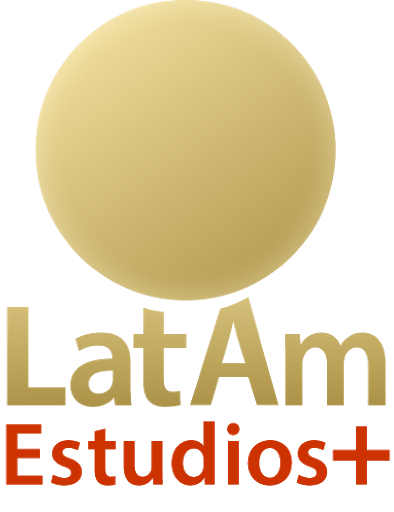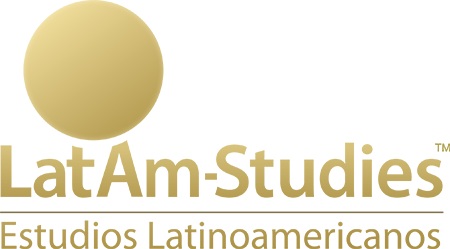A speaking silence
DOI:
https://doi.org/10.24215/2422572Xe099Keywords:
interpretation, silence, symptom, social bonding, analytical bondingAbstract
Interpretation as a speaking silence is not that which seeks to decipher, through the signifying articulation, the truth of the symptom. When the aim is the jouissance of the symptom, the interpretation is necessarily a different one. It must be a speaking silence, not the silence of impotence but that which breaks the signifying chain and introduces the hole that the unconscious covers with its own interpretation. It makes room for that which is veiled in the social bond. Psychoanalysis, as an unprecedented social bond at the level of culture, reminds us that there is something that can never enter into the bond with others, and that, far from rejecting it, it becomes the cause of new work in the social bond. In the age of virtuality, we ask ourselves, what social bond is possible without the body? How do these coordinates come into play in the analytical bond?
Downloads
Metrics
References
Bassols, M. (2020) Distanciamiento social y acercamiento subjetivo. Seminario del Campo Freudiano. Antena Clínica de València. https://www.youtube.com/watch?v=MCs3DYTYjjY
Bauman, Z. (2003). Amor líquido. Acerca de la fragilidad de los vínculos humanos. Fondo de Cultura Económica.
Lacan, J. (1969/1992) Seminario XVII. El reverso del psicoanálisis. Paidós.
Laurent, E. (2009). El delirio de normalidad. Virtualia. Revista Digital de la EOL, 19, 3-6. http://www.revistavirtualia.com/articulos/391/dossier-sintoma-y-lazo-social-enapaol/el-delirio-de-normalidad
Laurent, E. (2019). Los objetos de la pasión. Tres Haches.
Miller, J.-A. (2012). La fuga del sentido. Paidós.
Miller, J.-A. (2013). Piezas sueltas. Paidós.
Miller, J.-A. (1996). Entonces: “Sssh…”. Eolia.
Miller, J.-A. (2013). El lugar y el lazo. Paidós.
Tarrab, M. (2001). Un lazo social inédito. Virtualia. Revista Digital de la EOL, 2, 2-11. http://www.revistavirtualia.com/articulos/764/destacados/un-lazo-social-inedito
Downloads
Published
How to Cite
Issue
Section
License
![]()
Authors who publish in this journal accept the following conditions:
- Authors retain the copyright and assign the right of first publication to the journal, with the work registered under a Creative Commons attribution license (CC-BY), which allows third parties to use what is published whenever they mention the authorship of the work and the first publication in this magazine.
- Authors can make other independent and additional contractual agreements for the non-exclusive distribution of the article published in this journal (e.g., include it in an institutional repository or publish it in a book) as long as they clearly indicate that the work was published for the first time in this magazine.
- Authors are allowed and encouraged to publish their work on the Internet (e.g., on institutional or personal webpages) before and during the review and publication process, as it can lead to productive exchanges and greater and faster dissemination of published work (see The Effect of Open Access ).

